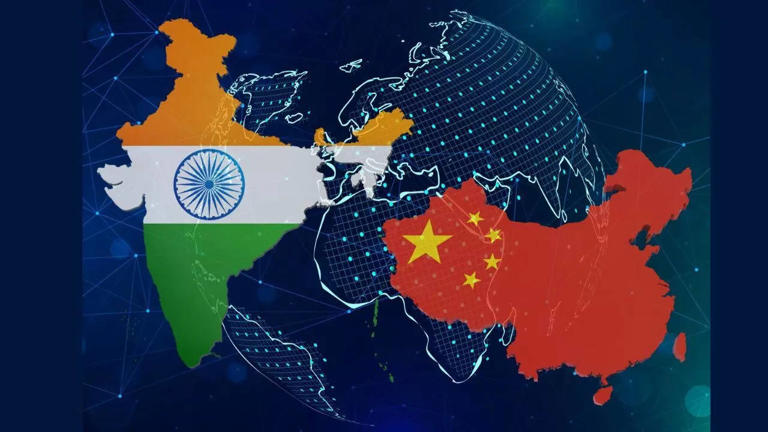
- The Indian government has decided to end its ambitious $23 billion Production-Linked Incentive (PLI) scheme.
- The program aimed to boost manufacturing and compete with China but faced bureaucratic delays and underperformance.
- While mobile and pharmaceutical sectors thrived, industries like steel, textiles, and solar struggled to meet targets.
Why Did India’s Mega Manufacturing Scheme Fail?
The Production-Linked Incentive (PLI) scheme, launched in 2020, was India’s big bet on becoming a global manufacturing powerhouse. With cash incentives and tax breaks, the government hoped to attract companies looking to move away from China. However, four years later, the plan has fallen short, and officials have decided to let it lapse without expansion.
One of the biggest problems was red tape. Many businesses, including big names like Foxconn and Reliance, struggled to get approvals, subsidies, or meet strict production targets. While mobile phone and pharmaceutical industries benefited—India’s phone production rose 63%—other key sectors like steel, solar panels, and textiles failed to take off. By October 2024, the scheme had only achieved 37% of its production target, and less than 8% of the allocated funds had been disbursed.
What Happens Next?
Although the PLI scheme is ending, the Indian government insists that manufacturing remains a priority. Officials are now considering alternative incentives, such as reimbursing companies for setting up factories. However, experts are skeptical. Trade analyst Biswajit Dhar criticized the move, calling the scheme “possibly the last chance to revive India’s manufacturing sector.”
Adding to the challenge, India now faces growing global trade pressures. With the potential return of Donald Trump as US President, concerns over higher tariffs on Indian exports are rising. Meanwhile, China is recovering from its COVID-era slump, making it harder for India to attract global manufacturers.
While the PLI scheme had some bright spots, its failure exposes deeper issues—slow bureaucracy, inconsistent policies, and lack of infrastructure. As India moves forward, the big question remains: Can the country still emerge as a global manufacturing hub without such large-scale incentives?

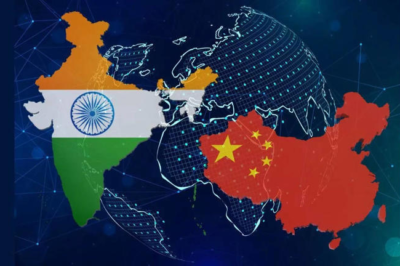

































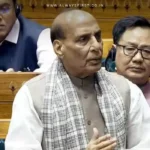

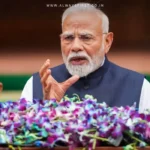

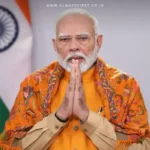
Leave a Reply